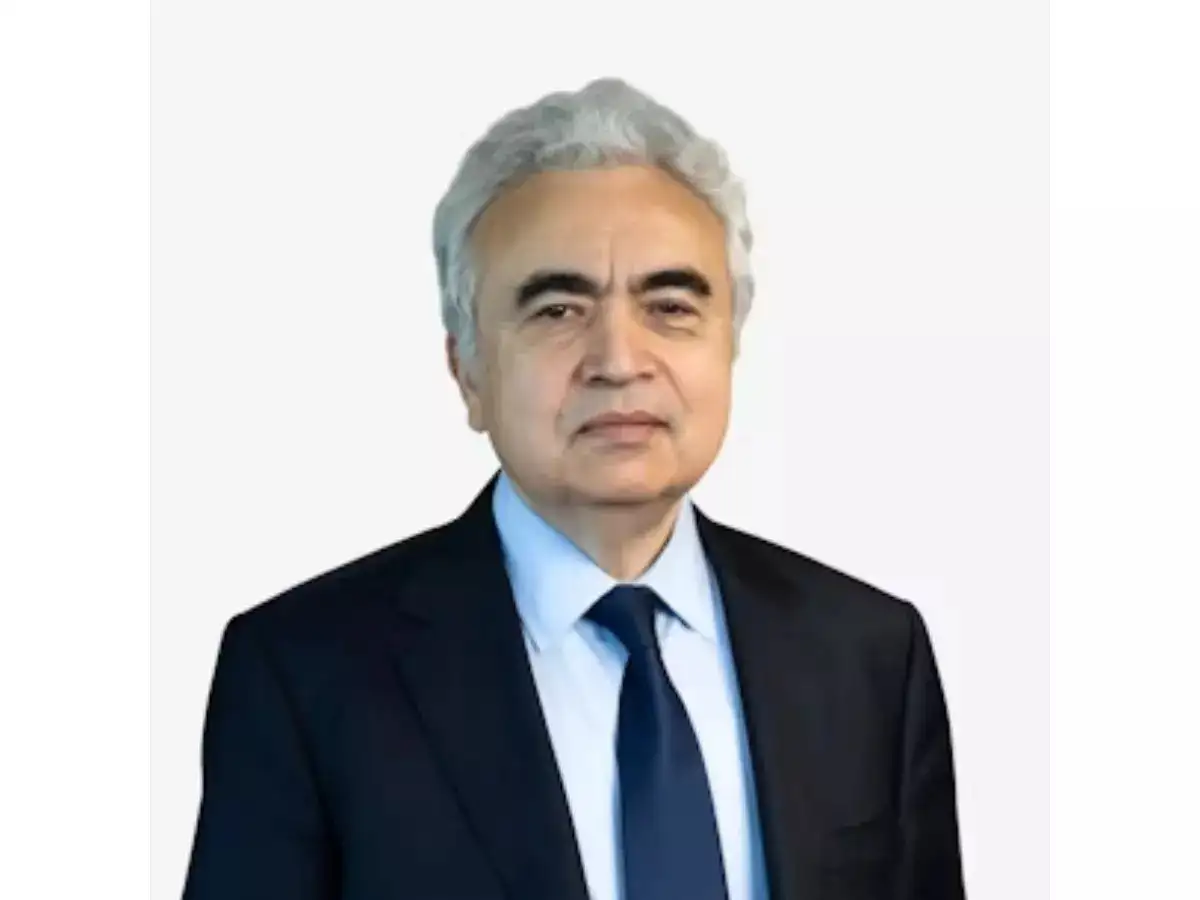

The International Energy Agency (IEA) has voiced its support for India's Digital Energy Stack (DES), recognizing the critical role of digital infrastructure in the nation's energy future. This endorsement highlights the growing global acknowledgment of digital solutions in achieving energy security, efficiency, and sustainability, particularly as India undergoes a rapid energy transition.
India's Ministry of Power is spearheading the development of the India Energy Stack (IES), a comprehensive digital public infrastructure (DPI) designed to revolutionize the country's power sector. The IES aims to create a unified, secure, and interoperable digital ecosystem for managing electricity generation, distribution, and consumption. This initiative seeks to address the fragmented nature of India's energy systems and promote seamless digital integration, which are key challenges hindering the energy sector's ability to meet the country's growing energy demands efficiently.
The IES is envisioned to function similarly to Aadhaar for identity and UPI for payments, providing a digital backbone for the power sector. By integrating various stakeholders, including producers, grid operators, consumers, exchanges, and regulators, the IES will enable peer-to-peer energy trading, support demand-response programs, and facilitate carbon offsetting.
Key components of the India Energy Stack include:
The IEA's support for the IES underscores the potential of digital public infrastructure to address challenges such as efficient subsidy distribution and effective solarization. IEA recognizes that DPI can improve transparency, targeting, and efficiency in areas like rooftop solar adoption, which is a priority for India given its high agricultural electricity use.
To ensure the successful implementation of the IES, the Ministry of Power has established a task force comprising experts from the technology, power, and regulatory sectors. Nandan Nilekani, co-founder of Infosys, will head the task force. The task force will oversee the development, pilot implementation, and nationwide scale-up of the IES. REC Limited will serve as the program's nodal agency.
The Ministry plans to conduct a 12-month proof-of-concept (PoC) study with select utilities to demonstrate the IES in real-world scenarios. These demonstrations will include piloting the Utility Intelligence Platform (UIP). Pilot programs are expected to be launched in Delhi, Gujarat, and Mumbai.
The expected outcomes of the IES initiative include:
The India Energy Stack has the potential to unlock a new ecosystem where energy fintech, virtual power plants, and peer-to-peer trading can thrive. Consumers could buy surplus energy for storage or sell rooftop solar output, while grid operators could make precise load-balancing decisions.
While the IEA acknowledges the unique challenges of the energy sector, such as balancing a variable and decentralized grid, it suggests that applying lessons from UPI would require sector-specific solutions. Despite potential challenges, the IEA's endorsement and offer of support highlight the importance of digital infrastructure for India's energy transition. The IES aims to tackle key challenges such as fragmented systems and support India's push towards a $5 trillion economy and net-zero targets.